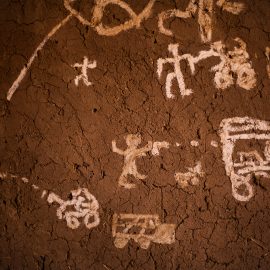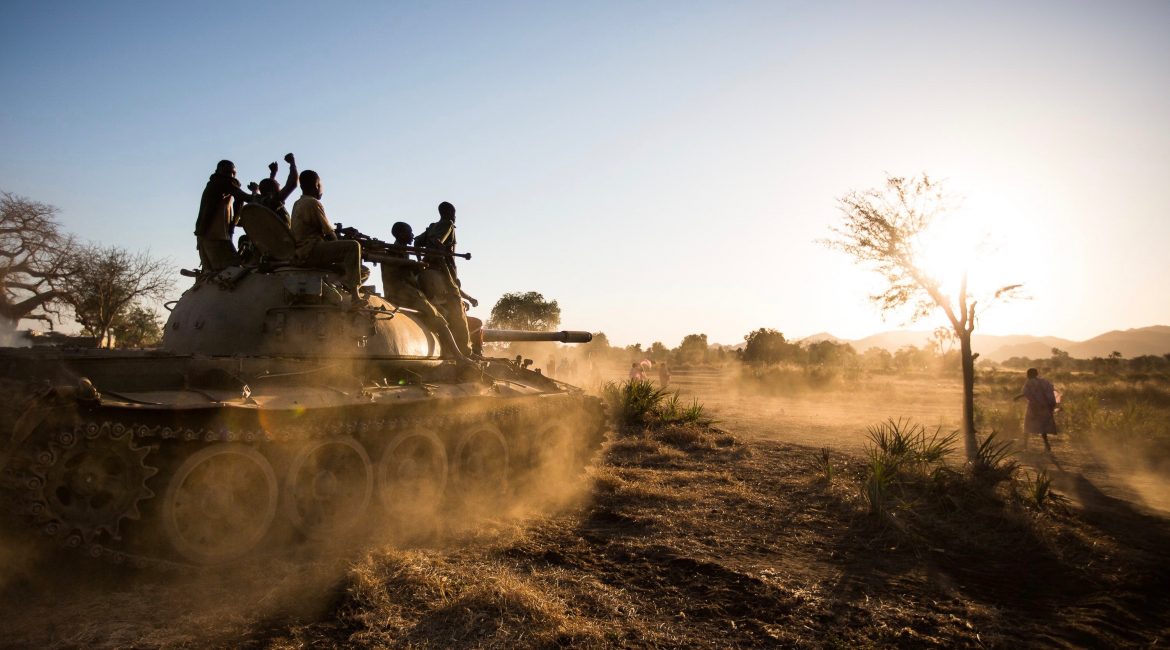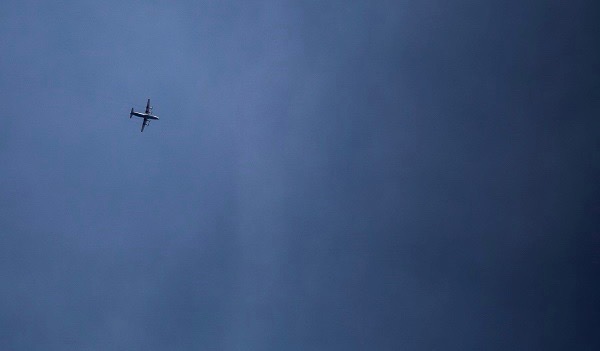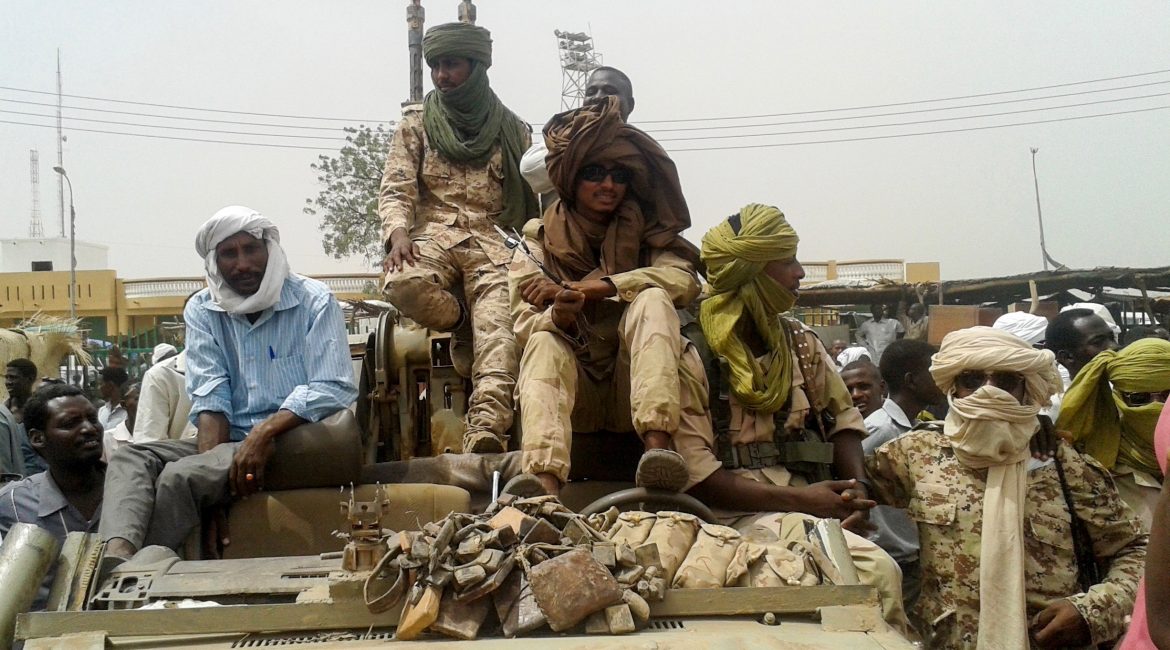SUDAN INSIDER |
This news summary is part of our Sudan Insider, a monthly newsletter providing
news and analysis on Sudan’s biggest stories.
Subscribe here to receive the Sudan Insider in your inbox.
…………………………………………………………………………………………………………..
Child soldiers in Sudan’s conflict zones
What happened…
The United Nations Special Representative for Children and Armed Conflict in Sudan, in an April report, estimates that 335 children were recruited over the last five years by armed groups in Sudan’s conflict zones in Darfur and the Two Areas: South Kordofan and Blue Nile states.
Nearly 1,300 more children were killed in those regions, according to the report from Special Representative Leila Zerrougui.
In Darfur, the UN report said the government was responsible for approximately half the cases of child soldier recruitment. In the Two Areas, the Sudan People’s Liberation Army-North (SPLM-N) rebels constituted the main perpetrators of child soldier recruitment, with 104 documented cases compared to 39 government cases, the report said.
The recruitment did not only take place between armed groups, but also ethnic communities fighting over resources such as tribal clashes over gold mines in Jebel Amir, Darfur, and livestock feuds between Beni Hussein and Rizegat tribes.
The report also referred to Sudanese children as victims of rape and sexual violence in the conflict areas; the majority of cases (372 of 385 occurred in Darfur. The perpetrators almost exclusively emanated from the government and pro-government militias, according to the report.
What it means…
The plight of child soldiers in Sudan are often overlooked by the international community since the figure is dwarfed by the rampant child soldier recruitment taking place in neighboring South Sudan. UNICEF estimates as many as 16,000 child soldiers may be embroiled in the current conflict there.
Further, the report acknowledges a decrease in child recruitment in Sudan over the past two years, with both government and SPLA-N forces taking measures to reduce the practice. The UN met the Sudan People’s Liberation Movement-North (the political wing of the SPLA-N) last year on three occasions, and developed a plan to end child recruitment. On the government side, authorities enacted a law in 2013 increasing the recruitment age for the pro-government militia, the Popular Defense Force, to 18 years and repealing past legislation allowing 16-year-old recruits. Khartoum also set up a police unit to protect and improve accountability for violations against children in 2012.
Despite these measures the report conceded a severe lack of access granted to the UN special representative in certain conflict areas by both the government and SPLM-N. Key areas of the Darfur conflict in Jebel Marra, for instance, were inaccessible, suggesting the figures of child soldiers may prove to be higher.
While the report’s child soldier recruitment estimates may be low, the UN documents a higher number of Sudanese children killed and maimed in the country’s internal conflicts. The UN verified the killing and maiming of close to 1,300 children, with the majority of child casualties, 971, documented in Darfur. The majority of child deaths and injuries were the result of hostilities between the government and armed groups, including aerial bombardments.





